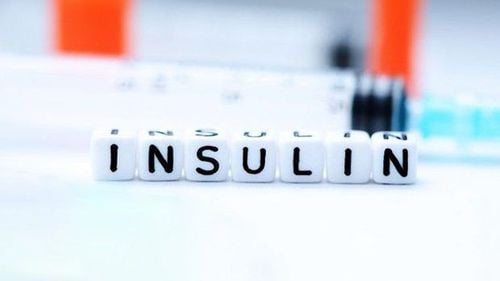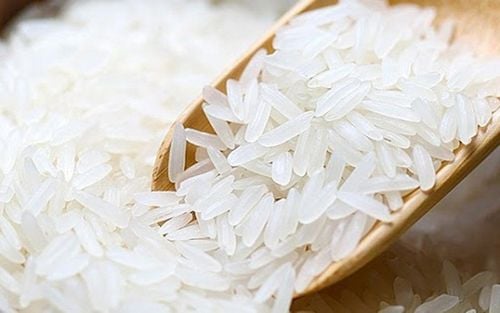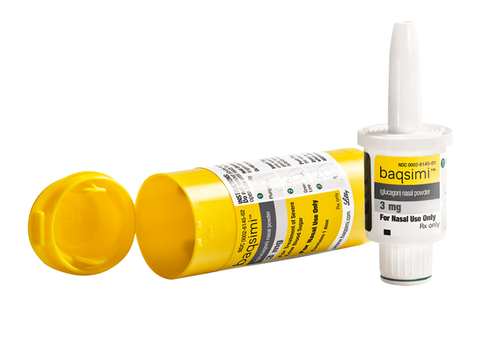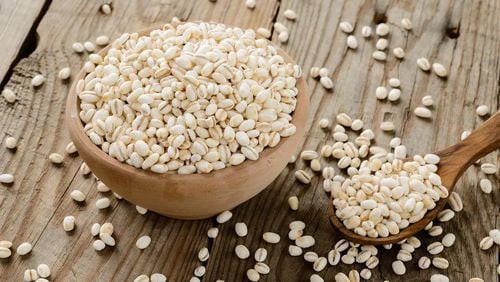This is an automatically translated article.
Everyone knows that diabetics and cardiovascular patients need to have a very strict diet and follow their own rules. In particular, is there much advice that diabetics should limit starch intake?1. What is rice?
Rice is a staple food in more than 100 countries worldwide. In some households, rice from white rice is indispensable in every daily meal. This starchy grain is generally inexpensive, accessible to all, and an important basis of many diets.
The scientific name of rice is Oryza. Oryza sativa is the most common and is further subdivided into long-seeded indica and short-seeded japonica. Rice farming tools have been found in China dating back 8000 years. The merchant merchants helped rice gradually spread across the continents.
2. What kind of rice can people with heart disease and diabetes eat?
2.1. Brown rice, long grain white rice Rice is very important when we choose to use. It is better to eat rice which contains many nutrients. Brown rice and long grain white rice include more fiber, nutrients and vitamins than short grain white rice. You should also check your glycemic index (GI) to choose the right type of rice.
White rice has a high GI value of 70 or more, so you choose and use it carefully. Because the nutritional value of white rice is less than that of other types of rice and starch.
Brown rice has an average GI score. Its index is from 56 to 69. They are usually allowed to eat in moderation. Cooking time can change the GI score, so don't overcook it.
You can choose low GI foods, for example: protein and vegetables, non-starch products. You should also make sure that your body consumes only a small portion of rice. Once you know the nutritional value of each type of rice, you can know how to eat rice when you have diabetes properly.
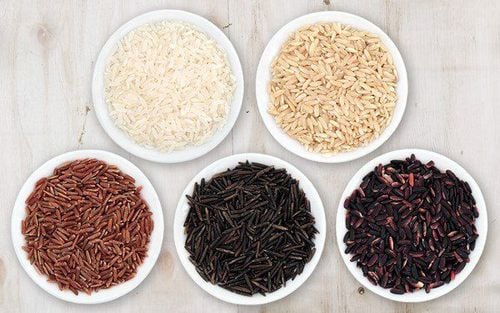
Hàm lượng giá trị dinh dưỡng của các loại gạo
2.2. Whole or Refined Grains Whole grains are rice that is whole or milled.
Whole grain: Like all whole grains, rice naturally contains three edible components bran, germ, and endosperm (removing the inedible shell). Refining: Rice is polished to remove the bran and germ layers so that only the starchy white endosperm remains – hence the name “white” rice (again, this refers to the color, not the color). specific varieties). The milling and polishing process removes most of the B vitamins, minerals, phytochemicals, and natural fiber.
3. Diet related to diabetes, cardiovascular disease
3.1. Diabetes Thanks to its high fiber content, brown rice has been shown to significantly reduce post-meal blood sugar levels in overweight individuals, as well as those with type 2 diabetes.
Blood sugar control in general is important to prevent or delay the progression of diabetes. Adults with type 2 diabetes, eating 2 servings of brown rice can significantly lower postprandial blood sugar and Hba1C (a marker of blood sugar control), compared with eating white rice.
Meanwhile, an 8-week study in 28 adults with type 2 diabetes found that those who ate brown rice at least 10 times per week had significant improvements in blood sugar levels and function. endothelium - an important measurement for heart health.
Brown rice may also help improve blood sugar control by aiding weight loss. Overweight or obese women, eating 3/4 cup (150g) of brown rice per day significantly reduced weight, waist circumference and body mass index (BMI) compared to whites.
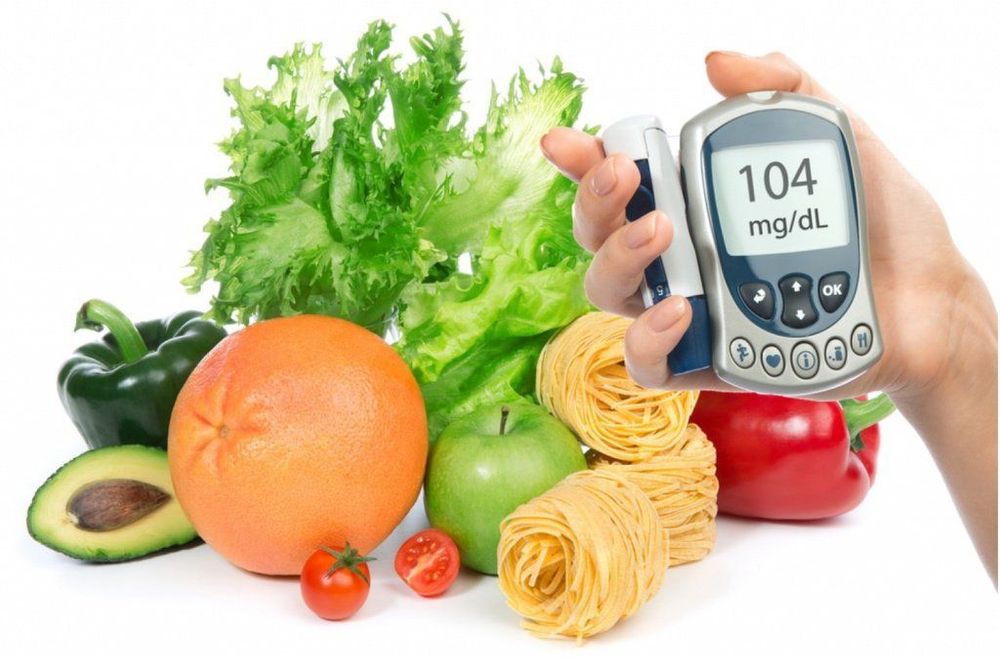
Chế độ ăn rất quan trọng với người mắc bệnh tiểu đường và tim mạch
Weight loss is so important, adults have found that people who lose 10% or more of their body weight within 5 years of being diagnosed with type 2 diabetes are twice as likely to go into remission in that time period. Because some countries eat large amounts of rice, along with the increasing worldwide prevalence of type 2 diabetes and insulin resistance, the health effects of rice have been studied.
The glycemic index (GI) is a measure of how quickly and to what extent a food raises blood sugar levels after eating. Rice is considered a high GI food but it varies depending on the type and amount of processing (processing increases GI). Low GI foods have a rating of 55 or less, medium GI foods are 56-69, and high GI foods are 70-100. The average GI of brown rice is low at 55, while the GI of white rice is higher at 64. Observational studies have found an association between a high GI diet and the risk of type 2 diabetes. higher.
Results of a one-study study where the highest brown rice intake of two or more servings per week compared with the lowest consumption of less than one serving a month was associated with an 11% reduction in risk. risk of type 2 diabetes.
3.2. Heart Health Heart disease eat starch? When eating starch in small quantities will help reduce the amount of Triglycerides and increase HDL-cholesterol. Low-carbohydrate diets were most effective for weight loss, lowering triglycerides, and increasing HDL-C levels, compared with low-fat diets.
The consumption of brown rice does not reduce the risk of ischemic stroke. However, the amount of brown rice consumed in this group was generally lower than that of other whole grain foods that reduce the risk of stroke, such as whole grains and bran. Whole grains were not found to reduce the risk of stroke, heart disease or cancer when eating white or brown rice.
Currently in the world there is still no definitive treatment for diabetes or cardiovascular disease, so in order for the disease not to cause dangerous complications, patients need to pay attention to their daily nutrition and lifestyle. healthy to keep blood sugar at a safe level.
Besides, the patient also needs to have regular health check-ups so that the doctor can understand the progress of the disease as well as timely intervention. To effectively treat diabetes and heart disease, customers can book an appointment through the website of Vinmec International General Hospital to receive effective support from experienced staff and doctors.
Please dial HOTLINE for more information or register for an appointment HERE. Download MyVinmec app to make appointments faster and to manage your bookings easily.
Reference source: hsph.harvard.edu




